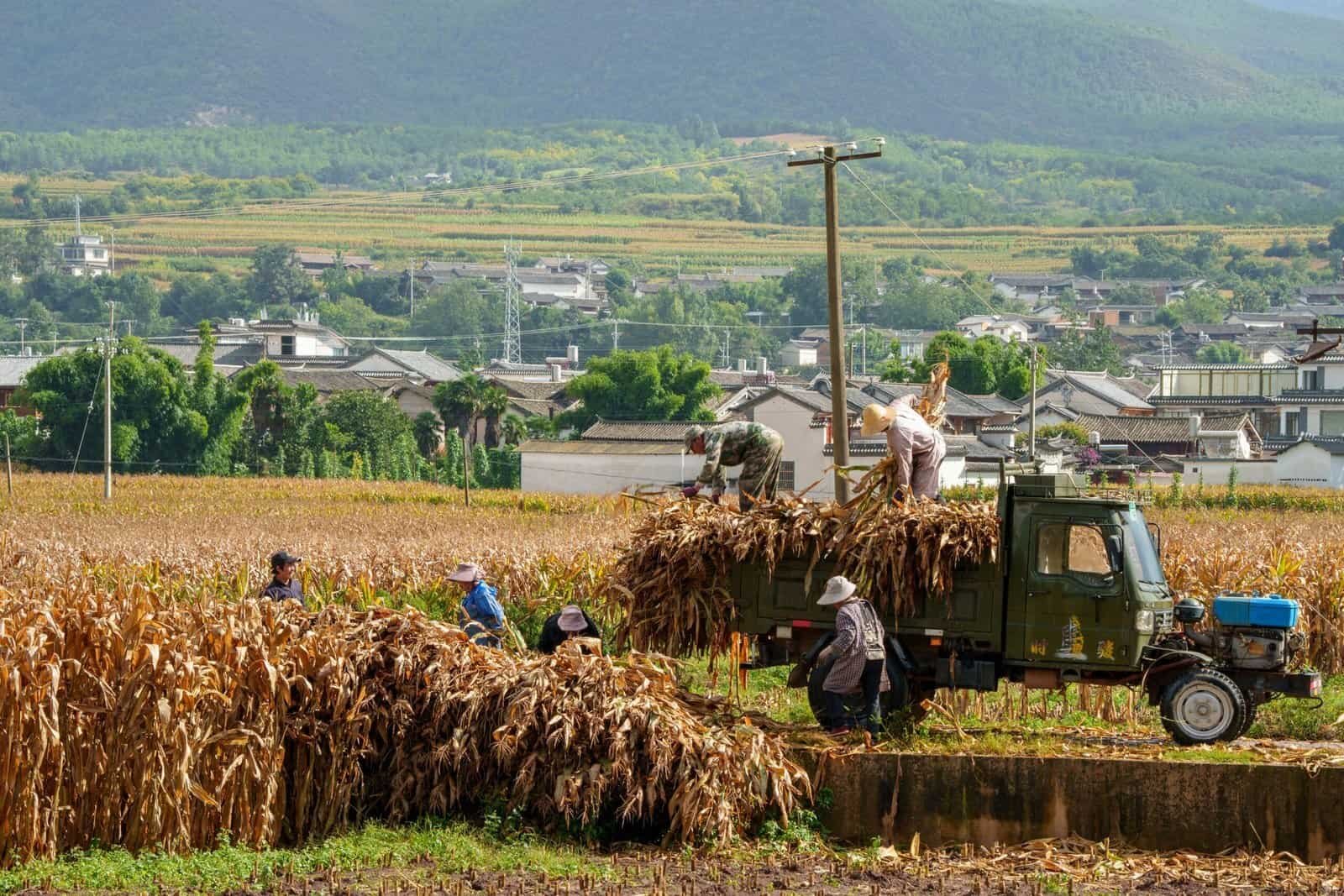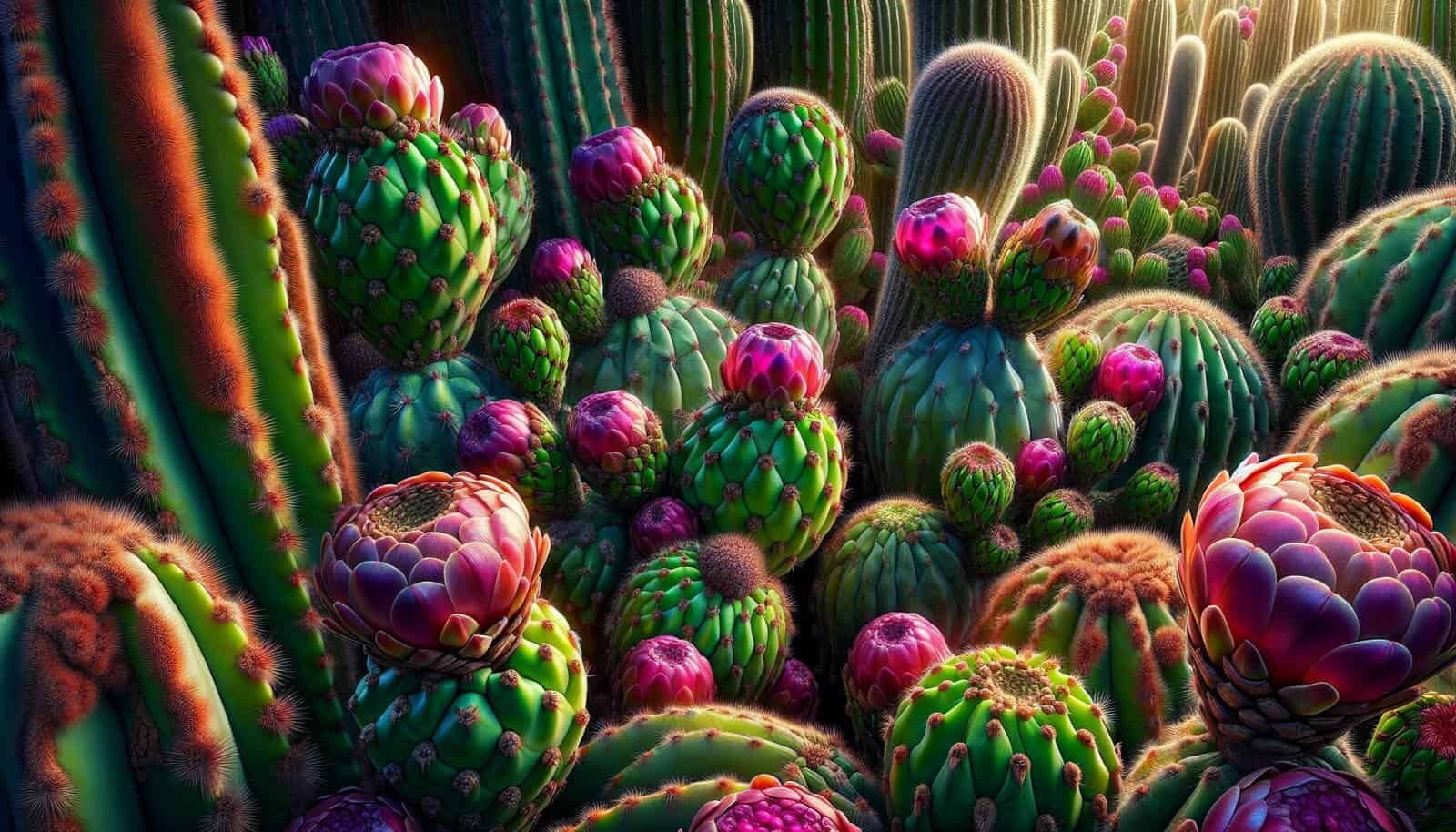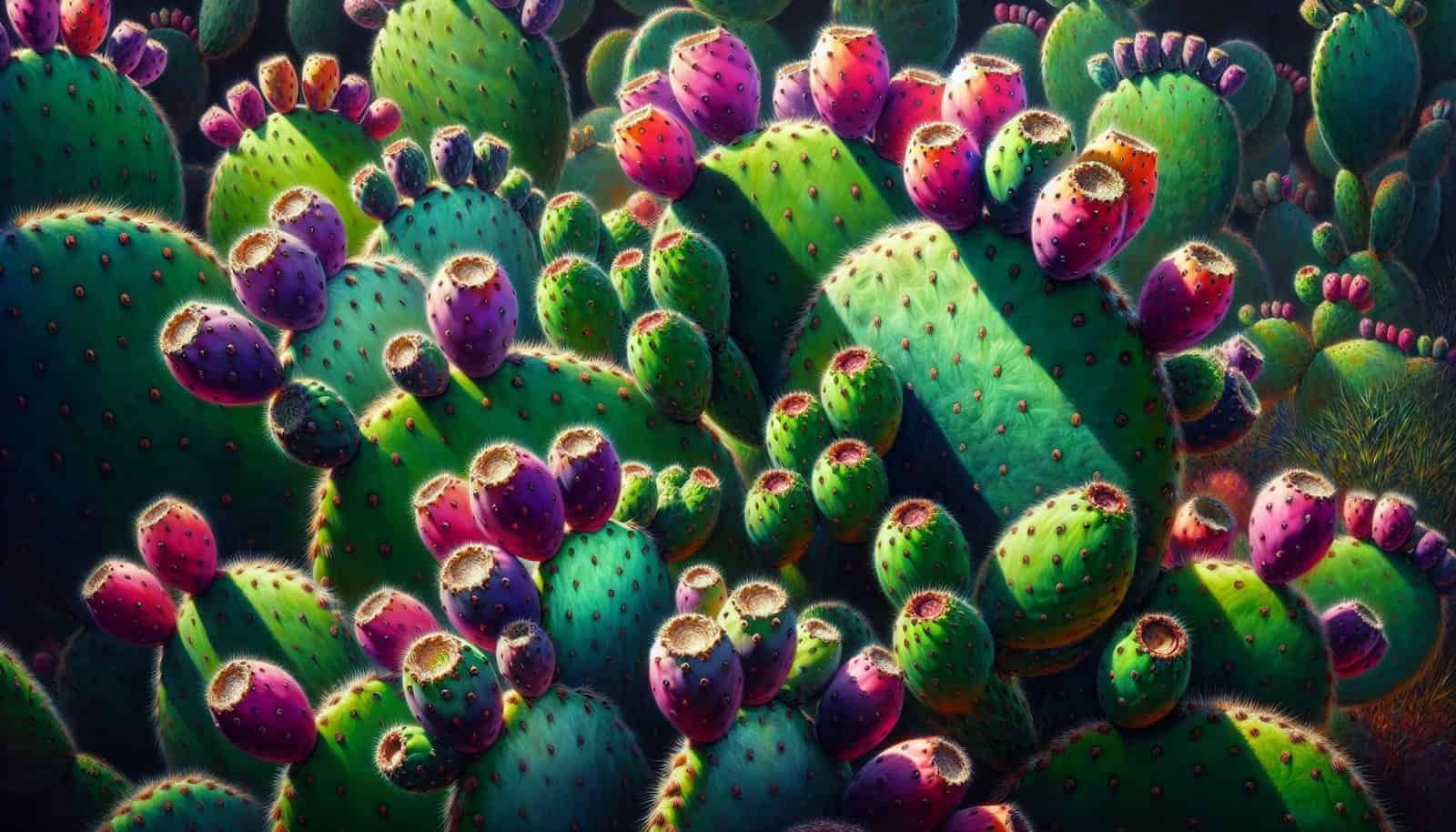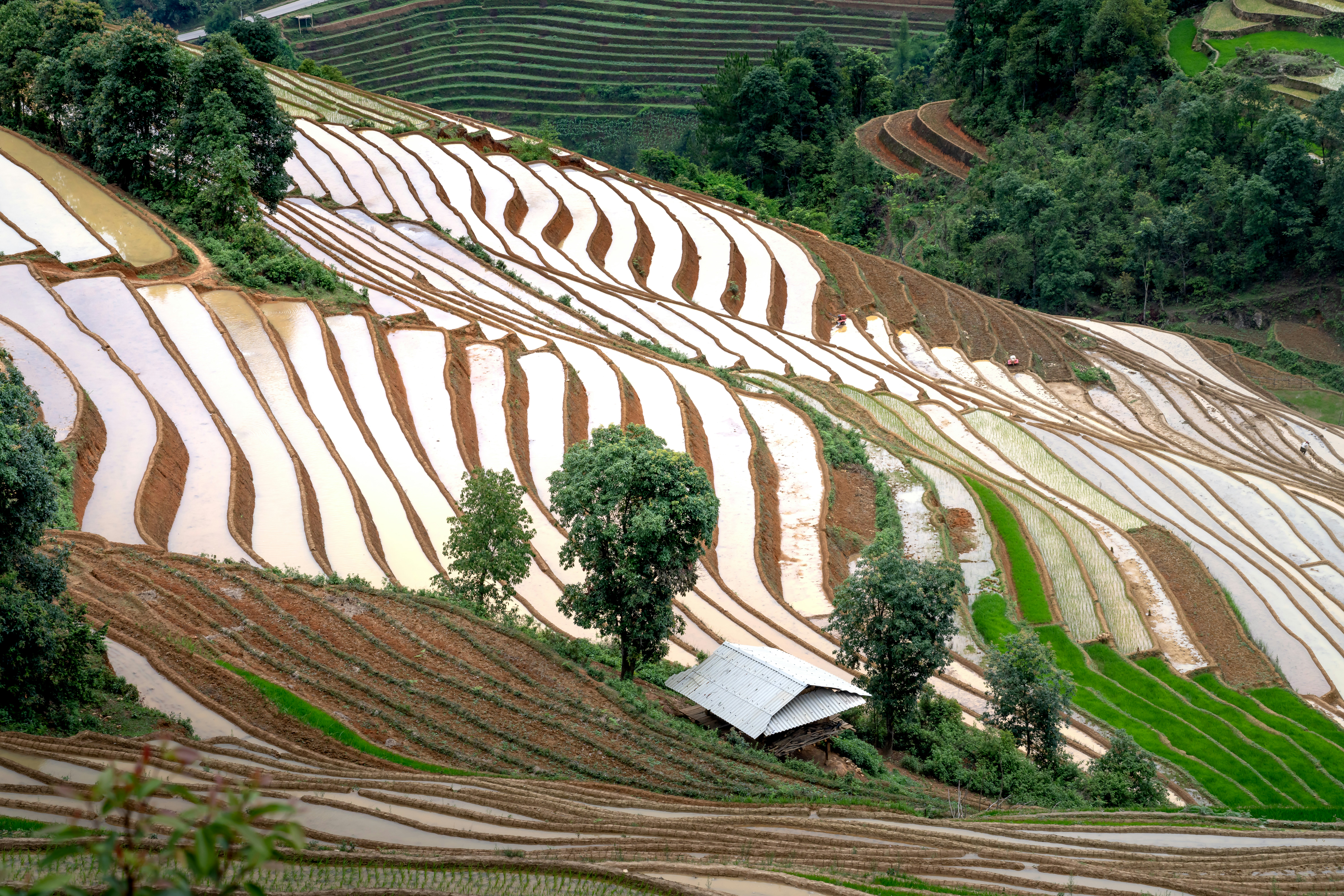Have you ever wondered how to boost the fruit production of your Nopal cactus plants? If you’ve been nurturing these amazing cacti for a while and are eager to see a more abundant harvest, you’re in the right place. Whether you’re a seasoned gardener or a newbie, you’ll find helpful insights to maximize the fruit production of your Nopal cactus right here.
Understanding the Nopal Cactus
Before you can maximize fruit production, it’s important to understand what makes the Nopal cactus tick. The Nopal, scientifically known as Opuntia, is a versatile plant that thrives in arid and semi-arid regions. It’s renowned not only for its nutritional health benefits but also for its minimal care requirements. That said, optimizing its environment can significantly boost your yield.
Characteristics of the Nopal Cactus
Key to understanding your cactus is recognizing its core characteristics. Nopal cacti are succulents, which means they store water in their thick, fleshy pads. This unique capability allows them to survive in dry conditions, making them perfect for areas with limited rainfall. Their ability to thrive on minimal water means they’re low maintenance, but that doesn’t mean they can’t benefit from a little extra care.
The Importance of Nopal Fruits
Nopal fruits, often called prickly pears, aren’t just tasty; they’re packed with nutrients and health benefits. High in fiber, antioxidants, and essential nutrients, they’re a great addition to a healthy diet. Knowing the value of these fruits can give you all the motivation you need to nurture your Nopal cactus properly.
Factors Influencing Nopal Cactus Fruit Production
Several factors can affect how fruitful your Nopal cactus becomes. From soil quality to watering routines, each element plays a crucial role.
Soil Quality and Composition
The foundation of a productive Nopal cactus is the soil in which it grows. Opt for well-draining soil to prevent root rot, a common issue when these cacti are over-watered. A mix of sand, gravel, and a little organic matter is ideal. It mimics their natural habitat, ensuring roots don’t sit in water while still getting necessary nutrients.
Sunlight Requirements
Like most cacti, Nopals require plenty of sunlight to flourish. Although they can survive in partial shade, full sunlight exposure for at least six to eight hours a day is optimal for fruit production. Dim light conditions may lead to stunted growth and fewer fruits.
Watering Practices
Proper watering is crucial for Nopal productivity. While they are drought-resistant, consistent watering during their growth period will encourage more fruit. Watering needs may vary depending on the climate, but as a rule of thumb, let the soil dry out completely before re-watering.
Climatic Conditions
Knowing your local climate is key. Nopal cacti can tolerate a range of temperatures, but they flourish in warm, sunny environments. If you live in colder climates, consider planting them in containers that can be moved indoors during winter.

Best Practices for Cultivating Nopal Cactus
Ready to take your Nopal cultivation to the next level? These best practices will help you manage every aspect of your cactus care routine with ease.
Pruning and Maintenance
Pruning isn’t just about aesthetics; it’s crucial for healthy growth and robust fruit production. Remove dead or damaged pads regularly to encourage new growth. Also, thin out overcrowded areas to ensure sunlight and air reach all parts of the plant.
Fertilizing for Fruit Production
Fertilization can boost your Nopal’s productivity. Use a balanced cactus fertilizer every four to six weeks during the growing season. Be cautious not to over-fertilize, as this may lead to excessive pad growth with fewer fruits.
Pest and Disease Management
Even hardy cacti like the Nopal can fall victim to pests such as cochineal scale insects. Regular inspection and prompt action with organic pesticides or physical removal can help keep your plants healthy. Additionally, maintaining dry conditions around the base helps to prevent fungal infections.
Choosing the Right Nopal Varieties
Not all Nopal species are created equal when it comes to fruit production. Some varieties are bred specifically for this purpose.
Varieties Suited for High Yield
When choosing a Nopal for fruit, look for varieties renowned for high yields, such as ‘Prickly Pear’ or ‘Barbary Fig’. These are known to produce more fruits compared to others.
Hybrid Options
Exploring hybrid varieties can be beneficial. Hybrids are often bred for specific traits, including increased fruit size, sweeter taste, or resistance to pests. Discuss options with local nurseries to find the best fit for your climate and needs.

Harvesting and Storing Nopal Fruits
Now that you’re geared up for a bountiful harvest, let’s talk about picking and storing your Nopal fruits to enjoy their sweetness all year long.
When to Harvest
Timing is everything. Harvest the fruits when they achieve a vibrant color and are slightly soft to the touch. Too early, they may be sour; too late, and they can dry out or attract pests.
Techniques for Safe Harvesting
Handling Nopal fruits requires care due to their spiky exterior. Use tongs or wear thick gloves to pick the fruits. This protects your hands while allowing you to harvest effectively.
Storage Tips
Once harvested, store prickly pears in a cool, dry place. They typically last for one to two weeks in the refrigerator. For longer storage, consider pureeing and freezing them, ready for smoothies or jams later.
Enhancing Productivity with Companion Planting
Companion planting can work wonders in your garden, even with cacti. Certain plants can benefit the growth and productivity of Nopals by attracting beneficial insects or improving soil health.
Ideal Companions for Nopal Cactus
Consider growing herbs such as basil or mint nearby. These can repel pests naturally. Marigolds also make great companions by deterring harmful insects and promoting a healthy plant environment.
Benefits of Companion Planting
Companions can improve soil fertility by acting as living mulch, protecting against erosion and retaining soil moisture. Plus, diverse plantings can create a mini-ecosystem that supports your Nopal’s health and fruit production.
Sustainable Practices for Long-term Growth
Sustainability is not just good for the environment; it also ensures that your Nopals keep producing year after year.
Water Conservation Strategies
Implement water-saving techniques like drip irrigation or rainwater collection. These methods not only reduce water usage but also cost-effective ways of handling water needs.
Organic Gardening Methods
Using natural fertilizers and pest control methods is better for your plants and the planet. Embrace composting to enhance your soil, and opt for natural pest solutions when needed.
Long-term Maintenance
Consistent monitoring and nurturing will ensure your Nopal cactus remains productive. Routine care prolongs its lifespan and enhances fruit yield, keeping your efforts fruitful.
Troubleshooting Common Issues
Despite your best efforts, sometimes things don’t go as planned. Learning how to troubleshoot common Nopal problems can save your harvest.
Dealing with Poor Fruit Yield
If your plant isn’t producing as many fruits as expected, reassess factors like sunlight, water, and soil quality. Sometimes simple tweaks can rekindle productivity.
Tackling Pest and Disease Outbreaks
Rapid intervention is key when pests or diseases strike. Isolate affected plants and apply treatments promptly to prevent spread.
Addressing Environmental Factors
Extreme weather events, like frost or heatwaves, can impact fruit production. Use protective covers during extreme cold and provide extra water and shade during heatwaves to protect your plants.
With this newfound knowledge, you’re well-equipped to maximize the fruit production of your Nopal cactus. By focusing on the key growth factors, choosing the right varieties, and diligently caring for your plants, you can enjoy a bountiful harvest. Who knew that with just a little extra care, these resilient cacti could reward you with so much delicious fruit? Enjoy the fruits of your labor!



